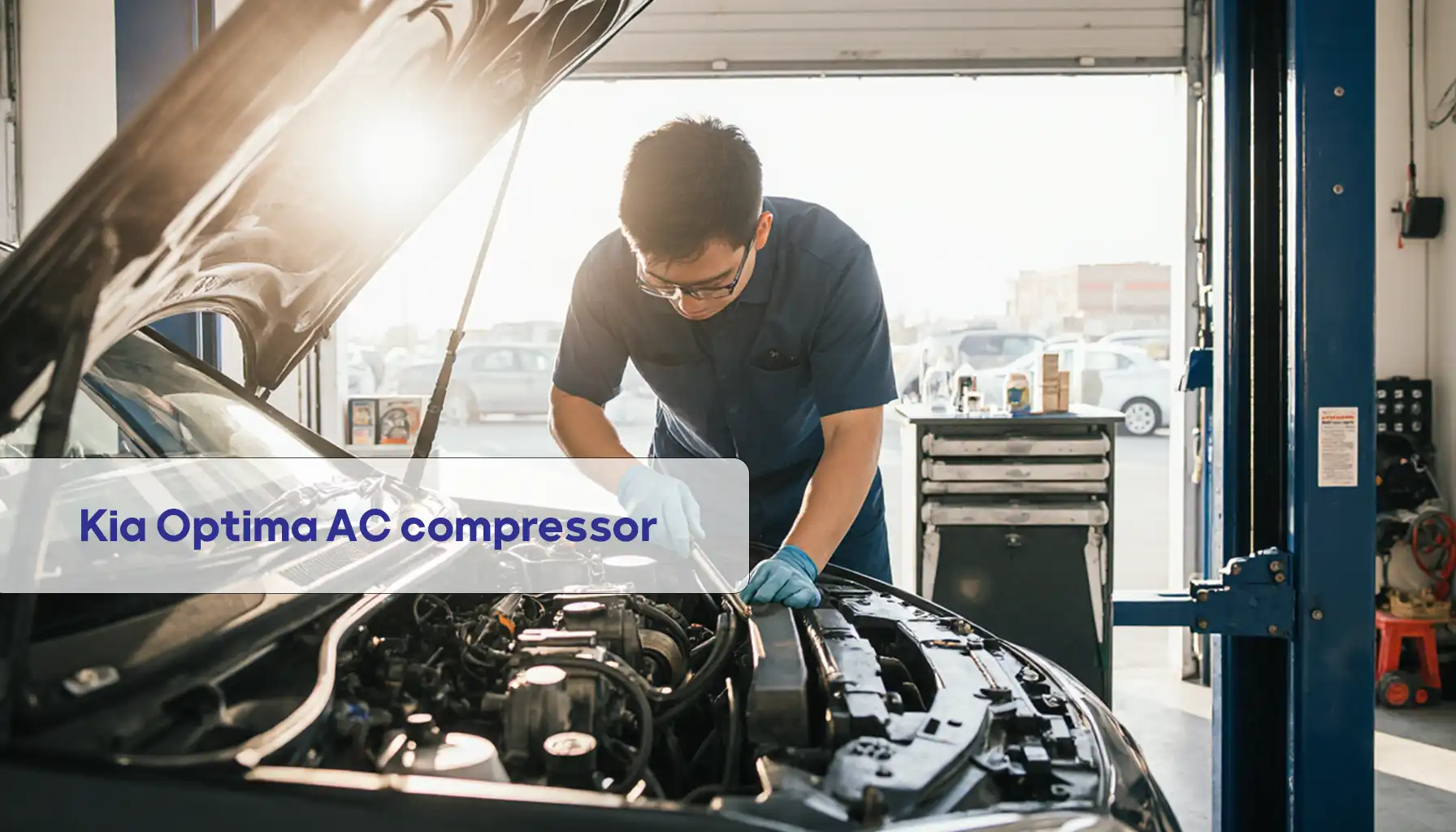Many owners of this famous and beloved brand might face the need to repair, rebuild, or replace Hyundai shock absorbers after some time of using their vehicle. There might be times when your Hyundai car experiences a heavy accident or, due to constant and long-term falling in severe road pits, it faces wear and tear or damage.

In this article, we will explore the facts and principles of rebuilding and repairing Hyundai shock absorbers that many mechanics and repair shops might not want you to know.
Without a doubt, shock absorbers are one of the most essential elements of the overall performance of the vehicle that should be attended to quickly in case of wear and tear or damage.
The reason for this is quite apparent: if your car continues to operate with a damaged or worn shock absorber, it might cause severe damage to many parts of the chassis and even internal parts of the car and put more repair costs on your hands.
In many cases, car parts such as belts and pulleys are under a lot of pressure due to the improper functioning of shock absorbers, which can damage them in the long run and affect the overall performance of the vehicle.
Therefore, it is essential to ensure that they are always in order and functioning well. However, it is crucial to know whether to rebuild and repair Hyundai shock absorbers or completely replace the shocks.
First, we understand why it is essential to repair or rebuild the shock absorbers of your vehicle and then when to replace your Hyundai shock absorbers.
Should I replace the rear shock absorbers or repair them?
In short, the answer is yes! Hyundai shock absorbers are repairable and rebuildable. To do this, it’s enough to stop the oil or gas leakage in them and then charge oil and gas in the shock absorber structure so that the shock absorber can continue its work.
For a better answer and more explanation to this question of whether you should replace the rear shock absorbers or repair them, you first need to know the difference between replacing and repairing or rebuilding a shock absorber. We will delve into what the difference is between repairing or rebuilding a Hyundai shock absorber and when it should be done. Then, we will address the issue of when you can, with less expense, repair or rebuild them instead of completely replacing the shock absorbers.
Completely replacing a car part, such as a shock absorber, will undoubtedly be a significant expense. However, repairing or rebuilding a Hyundai shock absorber will cost less.
How oil or gas shock absorbers mechanism
Before we answer the question of whether your Hyundai car’s shock absorber can be repaired and rebuilt or needs to be replaced, we first need to understand how a shock absorber works.
If your shock absorber is of the double-walled oil type, the piston moves downwards when the vehicle passes over obstacles, and the shock absorber, colloquially, compresses. The oil under the piston finds its way from the first wall to the second due to the pressure exerted on it, and as a result, the gas in the second wall gets compressed. Some of the oil under the piston also passes through the holes on the piston and moves upwards.
You can buy any chassis parts of your vehicle
Buy Hyundai car’s chassis parts
When the oil shock absorber opens, the oil slowly returns to the lower part through the small holes on the piston and prevents it from opening quickly. The compressed gas in the second wall expands again.
However, if your shock absorber is a single-walled oil-gas type, in a hydraulic shock absorber, there is a possibility of bubble formation in the oil over time. A hydrostatic shock absorber uses a reservoir containing oil and, below it, a reservoir of nitrogen gas. Like a hydraulic shock absorber, there is a piston inside the oil.
The gas and oil reservoirs are separated from each other by a second piston. When the first piston compresses, and the oil passes through its holes, the second piston moves downwards, and the gas reservoir gets compressed. When the oil shock absorber opens, the oil returns to the bottom through the small holes on the piston, and with the pressure lifted from the second piston, the nitrogen gas expands again.

The cause of damage to both types of shock absorbers is similar; the shock absorber’s structure is not complicated. Usually, the cause of its damage is a fracture due to an accident, etc., damage to the O-ring, and the most common reason is the leakage oil outside the shocks. Oil and gas are the main factors for the slow movement of the piston, and if either of them has leaked out, the shock absorber cannot perform its function correctly.
Shock absorbers over time, due to their constituting structure and operating mechanism, suffer from a lack of gas. At this stage, there is the possibility of charging the shock absorber, which leads to its repair. However, if the shock absorber does not charge the gas, over time, its condition worsens and causes oil leakage in the shock absorber. At this stage, for repair, both gas and oil must be injected into it with a shock absorber charging device.
If fluid leakage is caused by a damaged felt bowl, it must be replaced before injecting gas and oil. However, if the damage to the felt bowl is minor, charging the gas will cause it to return to its original state, and there is no need to replace it.

Final Thoughts
Repairing and rebuilding Hyundai shock absorbers is a cheaper solution compared to replacing them. If your Hyundai vehicle doesn’t have severe problems with the shock absorber section, you can replace or exchange it and save on its repair cost.
On the other hand, the critical point is that if your Hyundai car’s shock absorber has a severe problem and needs to be replaced entirely, then you can proceed with the specialists at Arsintrading to order and purchase your desired parts worldwide. Receive your desired part in the shortest. possible time.
For ordering and buy vehicle’s Parts
Contact with Arsintrading



